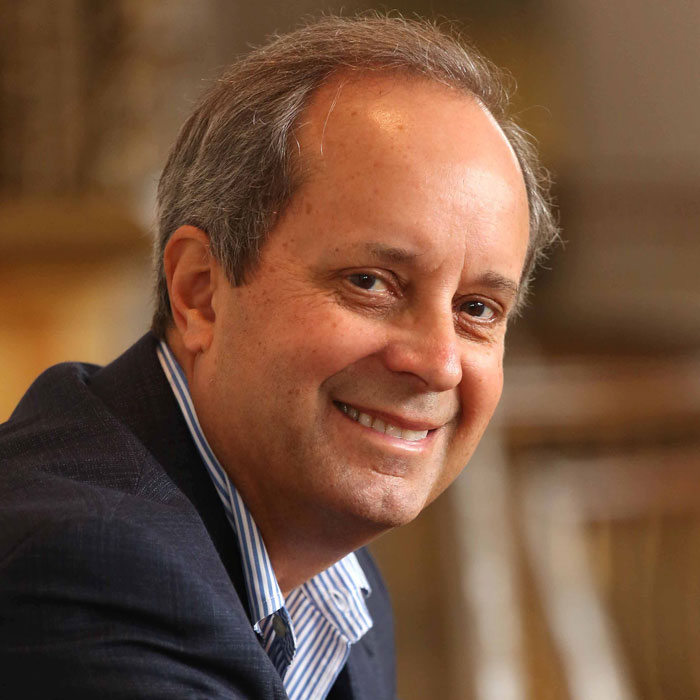Early Research Results Give Insight into Sandy Disaster Giving
We recently teamed up with Philanthropy New York and the Council of New Jersey Grantmakers to fund research conducted by the Foundation Center to see what we can learn about Sandy disaster philanthropy and preliminary results recently became available. As of the end of October, approximately $297million was donated to Sandy relief and recovery from […]
We recently teamed up with Philanthropy New York and the Council of New Jersey Grantmakers to fund research conducted by the Foundation Center to see what we can learn about Sandy disaster philanthropy and preliminary results recently became available.
As of the end of October, approximately $297million was donated to Sandy relief and recovery from about 600 foundations, corporations, and other institutional donors. These are extremely preliminary results and don’t include any contributions from individuals. The Foundation Center expects these numbers to rise significantly. In comparison, these same types of funders contributed $1.1 billion to 9/11 and about $900 million to the Gulf Coast Hurricanes that included Katrina.
As big as these numbers seem, we know they are tiny compared to the total from all sources, particularly government. As of October, federal grant and loan commitment to New York and New Jersey in response to Sandy have been $13.4 billion – exponentially higher figures than from private philanthropy.
That sobering statistic reminds us that we need to be very careful about how we invest private philanthropic dollars to make sure it does the things insurance money and government appropriations can’t do or aren’t doing. We’re there to fill in the gaps, to be strategic, to think long term and to take the risks that others can’t take. According to this preliminary report, 43% of philanthropic donations went to immediate relief and 23% to recovery and rebuilding. Most went to human services, including housing and food. The preliminary findings show that corporations provided slightly more than half of all contributions, and gave 43% of their grants to the American Red Cross. Other funders gave to a greater variety of organizations.
Finally, an interesting statistic that deserves follow up.:
52% of the $297 million came from 5% of the donors, each of whom gave more than $2 million.Another 33% came from 21% of donors who contributed $500,000 to $2 million.
In other words, 85% of the private philanthropy donations came from 26% of the total donors, each contributing $500,00 or more. The sum of the money contributed by the vast bulk of donors (74%) totaled about 15% of the amount raised.
To reiterate, these are very preliminary results and the final tally is not expected until the spring of 2014. These numbers were released at a retrospective hosted by Philanthropy New York appropriately entitled “A Year of Hard Lessons.” Appropriately, the conference attendees were provided with a summary of the excellent work PNY’s predecessor organization created after Hurricane Katrina entitled “Best Practices in Disaster Grantmaking,” and it is one we wholeheartedly recommend. It starts with these words of wisdom: “Take from the past what is good and bring it into the present in order to make positive progress through the benevolent use of knowledge.”
More like this
Trip Northeast Reveals Unanswered Questions, Key Lessons

